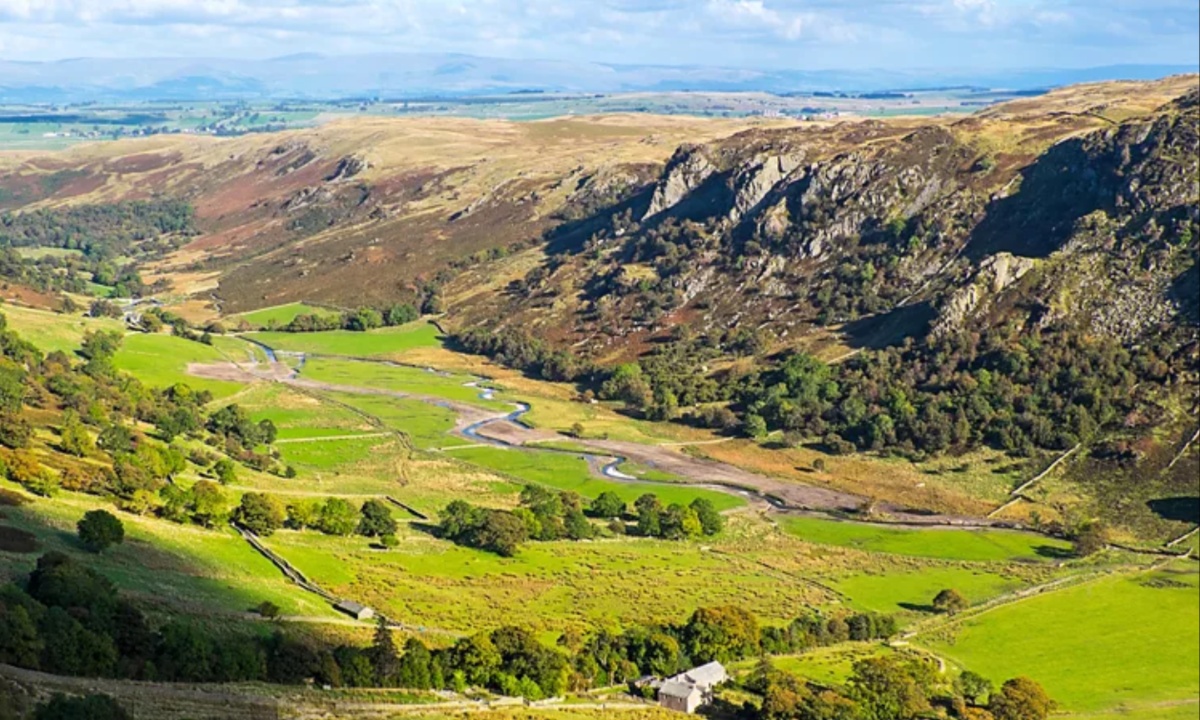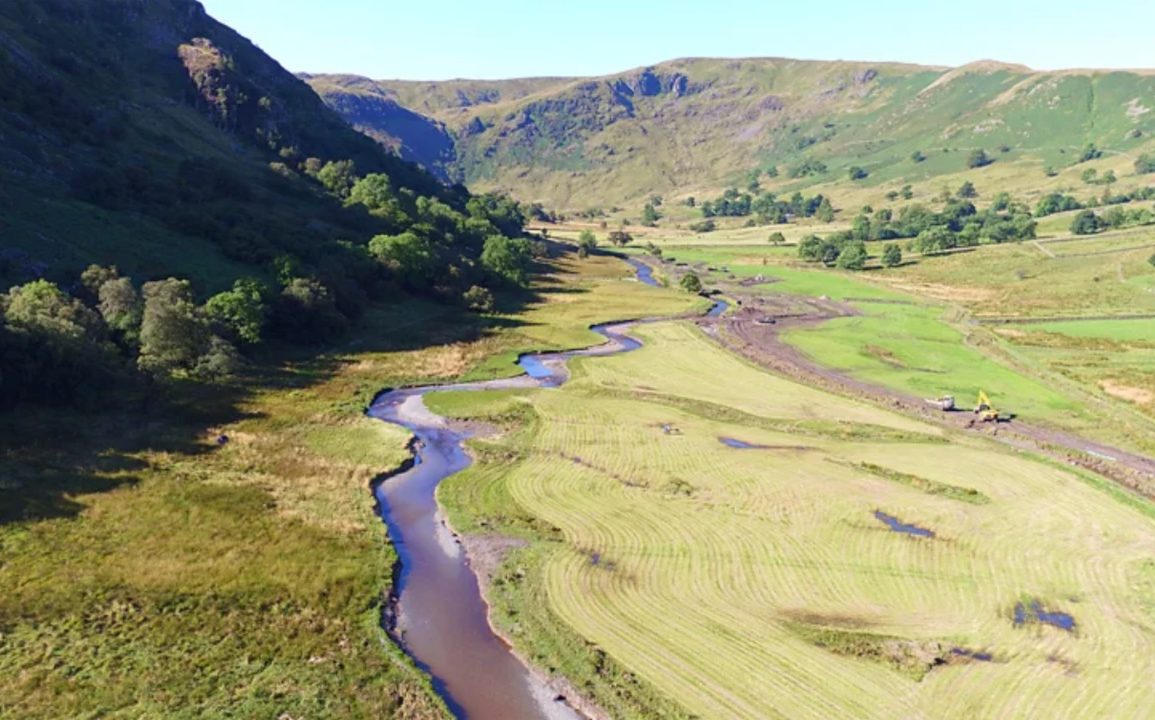For centuries, rivers have been artificially straightened to prevent flooding, particularly to protect farmland and settlements. This practice, known as canalization, alters the natural flow of rivers, which would otherwise meander through landscapes in sinuous, winding paths. However, recent research suggests that straightening rivers has actually worsened the problems it sought to solve.
Instead of preventing floods, it has increased flood risks, degraded habitats, and diminished water quality. Experts now argue that restoring rivers to their natural meandering state is a more effective solution, offering benefits for both flood management and wildlife conservation.
One notable example of this river restoration movement is Swindale Beck, located in the UK’s Lake District. The river was straightened around 200 years ago to make way for more farmland. However, a project launched in 2016, led by the Royal Society for the Protection of Birds (RSPB), aimed to return the river to its original meandering form.
This involved reshaping the river’s path to recreate natural bends, channels, and riffles, which are vital for creating diverse habitats. After months of excavation and reengineering, the river’s natural course was restored, leading to rapid improvements in the ecosystem.

The restoration of Swindale Beck was not only about restoring its physical shape but also about revitalizing the wildlife that depended on it. The slow-moving, meandering river now provides varied habitats for fish like salmon, trout, and minnows, which thrive in the deeper pools and gravel beds created by the river’s curves.
Birds, such as dippers, have also flocked back to the area, benefiting from the richer biodiversity. Within just a few months of the restoration, salmon were seen spawning in the river for the first time in over 150 years, demonstrating the immediate positive impact of the project.
Natural flood management (NFM) techniques like those used at Swindale Beck are gaining traction around the world. These methods involve using natural processes to manage water flow and reduce flood risks. For example, reintroducing meanders slows down the water, preventing it from rushing downstream too quickly and causing floods.
Other techniques include adding woody debris, planting trees along riverbanks, and even using beaver dams to create natural barriers. By restoring rivers to their original forms, these methods not only help prevent flooding but also improve water quality and support biodiversity.
The recent catastrophic floods in Europe have underscored the importance of effective flood management. While extreme weather events like these are difficult to prevent, natural flood management can help mitigate their impact.
Experts warn that climate change is increasing the frequency and intensity of floods, making it essential to adopt more sustainable methods of managing rivers. Restoring rivers to their natural state, combined with managing floodplains more effectively, can help absorb excess water and reduce the damage caused by floods.
Another successful example of river restoration is found at Knepp Castle Estate in West Sussex, UK. Once used for intensive farming, the estate has been transformed into a model for rewilding and natural flood management. The River Adur, which runs through the estate, was previously straightened and bypassed its natural floodplains.
In 2001, a project was launched to restore the river’s meanders, creating wetlands and scrapes that now support a wide variety of species, including birds, bats, and insects. This restoration has enhanced the estate’s biodiversity while also helping to manage flood risks.
The benefits of restoring rivers extend beyond flood prevention. Slower, meandering rivers are better at self-cleaning, as the curves and bends reduce the speed of the water and allow sediment to settle on the banks instead of being carried downstream.
This improves water clarity and quality, which is beneficial not only for wildlife but also for human water use. At Swindale Beck, for instance, the restored river has reduced the amount of sediment entering the nearby Haweswater Reservoir, making water purification easier for local water companies.
As climate change continues to pose challenges to traditional flood management strategies, experts are calling for increased investment in natural flood management solutions.
By re-wiggling rivers and restoring their natural floodplains, we can create resilient landscapes that are better equipped to handle extreme weather. While not a one-size-fits-all solution, river restoration has proven to be a highly effective way of addressing both environmental and flood management issues, offering hope for more sustainable water management in the future.

